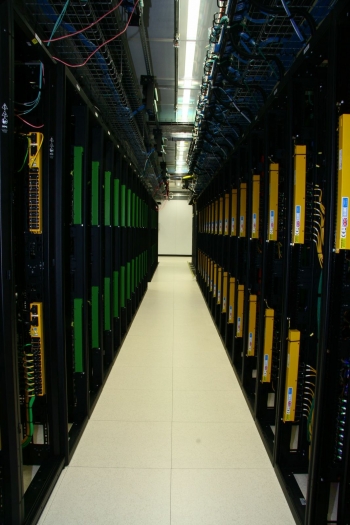Vic Nyman| Cloudtweaks
Cloud adoption at the enterprise level requires that cloud vendors deliver on enterprise-class reliability, security, and management. While service levels for cloud computing are competitive with most companies’ on-premise datacenters, concerns about security will drive enterprise-scale organizations to choose to deploy hybrid-cloud applications.
Hybrid-cloud in turn creates new distributed application management challenges. The move to hybrid-cloud for larger organizations with complex applications will depend on vendors’ ability to deliver comprehensive application management that spans across both cloud and datacenter environments.
Reliability — Table Stakes for Cloud Offerings
The Software-as-a-Service market has established that cloud-based delivery of software can be routine. Major vendors (Amazon Web Services (AWS) and Microsoft Azure) have set the standard for reliability for Infrastructure-as-a-Service that has driven the early growth of cloud computing services. While there have been a number of high-profile outages, AWS and Azure have consistently delivered service levels that rival or beat those of on-premise datacenters. Other cloud vendors —Rackspace, Terremark, plus a growing crowd of additional entrants — are offering similar service levels.
Security — Driving Hybrid Cloud Adoption
Much early cloud adoption has been driven by application development and quality and assurance organizations. But production systems – particularly those in sensitive industries – are another story. CIOs have the mandate to protect sensitive information like credit card numbers, patient records, or proprietary business processes. Many organizations are bound by regulatory requirements that govern how they store and protect data, like HIPAA rules in the healthcare field.
To address these security concerns and still capture the efficiency and flexibility benefits offered by cloud deployments, companies will look to Hybrid Cloud models. Hybrid Cloud is perfect for the enterprise — front-end application components have Cloud scalability while back-end data-stores remain secure on-premise.
Monitoring — The Gateway to Hybrid Cloud
gives the enterprise the scalability of the cloud and alleviates concerns about reliability and security. But, Hybrid Cloud presents a new challenge: interconnected applications are harder to monitor. Unless monitoring tools change to solve this problem, enterprise IT will not embrace the Cloud.
Applications represent critical business functions for companies, so IT needs to monitor them comprehensively for problems. But, Hybrid Cloud creates a broken monitoring view. Most Cloud service vendors provide tools to track cloud systems, while most IT teams use their own tools to track on-premise servers. Neither is well equipped to provide comprehensive monitoring that spans across both cloud and datacenter-deployed application components.
To solve this problem, monitoring systems must evolve to give a unified view of the entire Hybrid Cloud. They must show IT teams where performance breakdowns are occurring across both the Cloud and the datacenter. They must treat Hybrid Cloud as one engine, with all systems firing to deliver a positive user experience.













